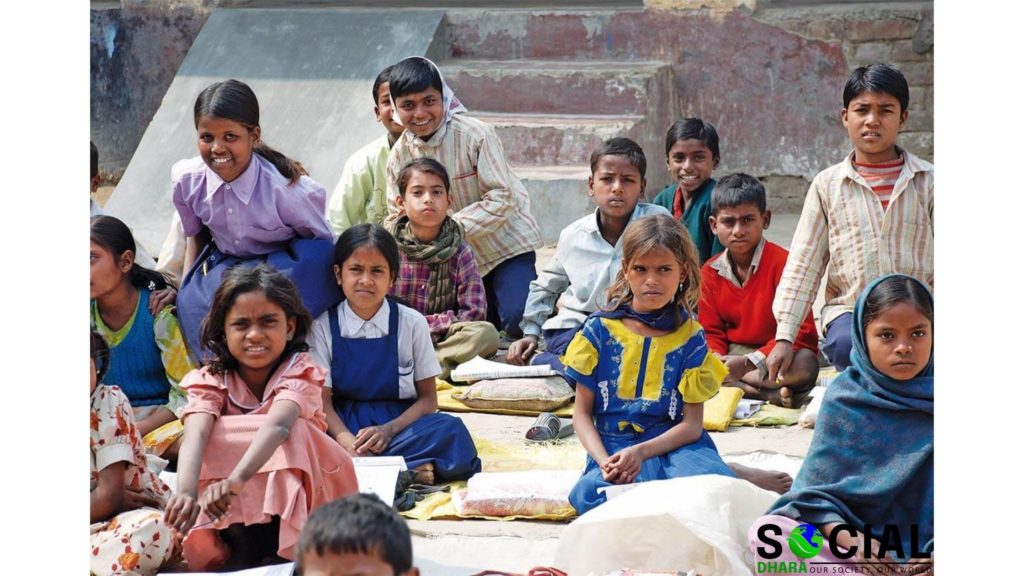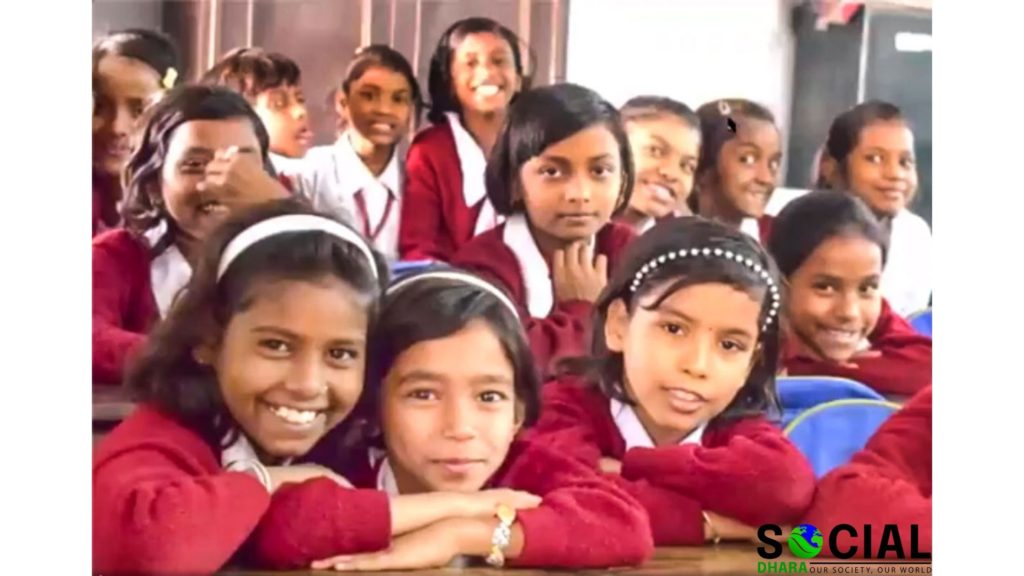Illiteracy is toxic for the evolution of any country. It can affect other bigger problems like unemployment, population burst, poverty, etc. It is one of the main problems India has had to handle since 1945. Education is very essential for our growth, it can help us how we can understand things and our surroundings. It improves the quality of life, understanding, and skills people.
What Does Illiteracy Signify?
If someone is not able to read or write, and also do not able to communicate perfectly he or she is illiterate. From reading out the newspaper to understanding road signs, literacy is the only key that helps you make sense of our surrounding. It is authorizing and aids social and human development. Literacy work as the backbone of primal education for all.
Causes of Illiteracy in India

- There is a strong relationship between illiteracy and poverty. Literacy is characterized as the “ability to read and write and comprehend at least one language”.
- Illiteracy in India is an issue that has problematic measurements attached to it. Literacy in India is more or less related to several forms of differences that exist in the country.
- There is gender inequality, income inequality, state imbalance, caste inequality, technical barriers which figure the literacy rates that rise in the country. India possesses the biggest illiterate population. In 2011 literacy ratio in India were 82.14% for men and 65.45% for women. This short female literacy is also liable for thee reliance of women on men for actions that requires them to read and write.
- This is all directs to the arrangement of a terrible circle. It is the old concept that the rich family will have better reach to educational facilities as compared to a poor family. Poor family due to the absence of skills and knowledge affect themselves with unskilled labour to save livelihood for the family.
- This subject of focus from completing education as the main centre diverge to earing finances so as to be able to remain in the society.
- One of the major motives for miserable literacy rates is few school facilities. The teaching staff that is working through the government-run schools is incapable and ineligible.
- When it reaches to laying the flaw for the eternal lackadaisical state of the reading and understanding levels of the population, the already literate people are sharp to point to politicians. The politicians, on the other hand, point out the people and sometimes even the incidental book publisher for a whole theme park of invasion ranging from the scarcity of teachers to the huge amount of texts. quick adaptation of probability, from the micro to the macro and from the unexpected to the conceptual, puts the spotlight on the complex economic and population management issues in India as being the foundation cause of an illiterate India.
- Poverty at its origin is a life-crippling phase. But literacy is not a life’s crippling phase.
Also read: What is the Perspective of Education Today?
The Impact of Illiteracy in India
- As per a study, the huge impact of illiteracy in India is poverty. Poverty also happens to be the single greatest cause of illiteracy in India and antecedent to all other impacts. The inefficacy to reach basic nutritious and drinkable water are the more widely quoted impacts of poverty in India.
- It is one of those versions that lets individuals pick themselves up and out of poverty. The thing about illiteracy in India and its impact is that they all connected to form a load that is departed on from generation to generation and if history is any excitement, it is one has been rising with each generational tool and with each year developed to each diagram.
Making the Reduction of Illiteracy in India a National Core
As far as we know poverty subtraction programs go, the government has been operative in trying to get ahead of this issue since the Independence. However, there is still a need to make an impression upon the people that education is very cord that is keeping India back and it is, for the intension of a generalized disagreement, what the integument of socio-economic issues in India is made out of.

The government and also numerous NGOs have been operative in solving the seemingly pathless issue of how we can abolish illiteracy in India for all.
Everything from element financial literacy policies to using computers to benefits adults learn how to learn reading and writing in less than 24 hours is on the table.
Above the last decade, new strategies that have come from the administration have mostly been in the form of strategies as defied to changes in program.
Importance of Literacy
- For children growing up in this era of technology, it is only looking out for their best interests to teach them to read. Giving the people of the world hope and strength, we are making the world a better place.
- The world is heading in a new direction with technology, and even still, reading is the basis it is found. It’s more crucial now than ever to improve literacy rates among the states of India.
- The first step could be ensuring parents of the importance of proper education. All parents should be fully supportive of their child attending school and learn.
- The Next step would be the availability of schools. Some rural regions have restricted access to schools that give quality education.
- The Economic wealth of a country depends on the economic resources it has and human resource is an important part of economic aid. The Human resource comprises the population, its development rate, skills, principle of living, and the active capacity of the labor force and all the above aspects can be enhanced by increasing the literacy rate of the population.
- These are just a few of the reasons that literacy reasons need to improve throughout India. Many other benefits will start to surface if more individuals become aware of the problem at hand, and take action to help reverse it.
- These children are the future of the country and need to be given literacy just as the minimum to reach their full potential.
- The existing state of knowledge does not warrant any clear generalization as to the effect of population growth on economic development in the evolving world. But in India’s case, it has been established that the huge population can potentially become its biggest asset in the near future.
Conclusion
According to the study, there is no doubt lest that illiteracy is a huge issue especially for developing countries like India. Literacy programs conducted by government agencies have not fully considered the ideological constraints to the participation of children or fairly their families.
Literacy improvements made by children have been slow. The maturity of the responses to the explanation for low literacy is fulfilled as ‘lack of awareness’ which we feel is the implication of lack of education. The people need to understand the importance of education and we feel it’s less about the policymakers rather than an individual.
When the literacy rate increases in rural regions, it will automatically establish the problem of poverty. Social groups such as NGOs, often helpful and serious to counterhegemonic proficiency, emerge as one set of useful mechanisms for the acquisition of both literacy and authorization of the needy people.



very informative article!